Metronome Basics
In today’s tutorial, we will look at how to use a metronome with basic whole note and half note rhythms.
How to Use a Metronome
A metronome keeps a consistent beat and will help improve your sense and feel of rhythm.
There are many different types of metronomes. Some metronomes allow you to select time signatures.
If your metronome allows for this, select 4/4 time. This will give you an accented click on the first of every four clicks.
If your metronome doesn’t have the time signature feature—don’t worry—you can still use it for the exercises that are coming up.
The best way to start using the metronome is to treat each click as a beat. This means 4 clicks will equal one measure of 4/4 time.
On each metronome click you count a beat.
Application
Now let’s get some hands-on practice using whole notes and half notes.
First, we are going to do this without your guitar.
Why Do I Recommend Clapping the Exercises First?
 When you are getting started on guitar, it is easiest to learn and internalize rhythms by first focusing your attention on just the rhythm. This way, you don’t have to worry about the chord fingerings and strumming patterns.
When you are getting started on guitar, it is easiest to learn and internalize rhythms by first focusing your attention on just the rhythm. This way, you don’t have to worry about the chord fingerings and strumming patterns.
Once you have learned a rhythm pattern by clapping it first, translating it onto the guitar is easier and feels more natural. When you clap the rhythm figure first, you will know what the rhythm sounds like.
7 Points to Keep in Mind for the Following Exercises
- Clap the rhythms.
- Count out loud as you clap.
- Practice the rhythm patterns slow to start with.
- Keep a steady beat. Don’t speed up at parts you find easy.
- Use a metronome. The metronome won’t improve your sense of rhythm if you don’t use it.
- Since the sound of a clap does not sustain for very long, when you clap a whole or half note, there won’t really be any difference in the sustain of the clap. So when you do these exercises, clap your hands and hold them together for the duration of the note. In other words you will clap and hold your hands together for 4 beats when you clap a whole note. For a half note, you clap and hold your hands together for 2 beats.
- I’m assuming that you’ve already read Playing Rhythm Guitar: Basics Part 1. If not, be sure to read through that and then come back here.
Let’s get started…
Now it’s time to turn your metronome on to 60 beats per minute.
Clap and count out loud the following rhythm pattern:
So how did you do?
Let’s try a second example:
Now it’s time to repeat the same rhythm exercises, but this time also tap your foot.
Tapping your foot along with the beat will help you to solidify your sense of rhythm.
Most beginning guitar players have a challenge keeping a consistent tempo throughout a song. Beginners will often speed up or slow down unintentionally. Tapping your foot with the metronome will help improve your sense of rhythm.
Now go back and clap through the two rhythm exercises, and as you do, tap your foot. The goal is to have your foot tap in perfect time with the metronome. As your foot taps in time with the metronome, you clap the rhythm. Also count out loud.
I know this seems like a lot to do at first. The good news is with a bit of practice, it will become second nature.
Give it a shot now. Perform both rhythm exercises shown above.
So how did you do?
With practice this will become very easy.
In part 3 of this series, we will apply what you have just learned to the guitar.
By the way, if you’re ready to make big improvements in your guitar playing right now, get started on The EDGE: CORE Beginner Guitar Lessons.

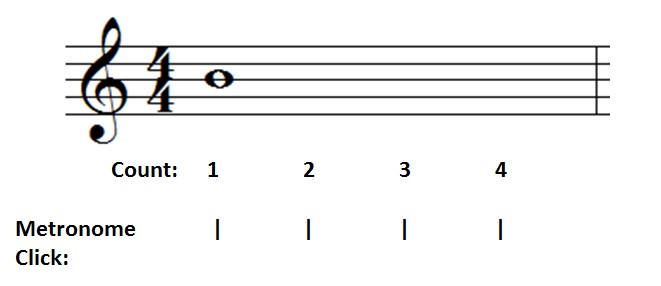
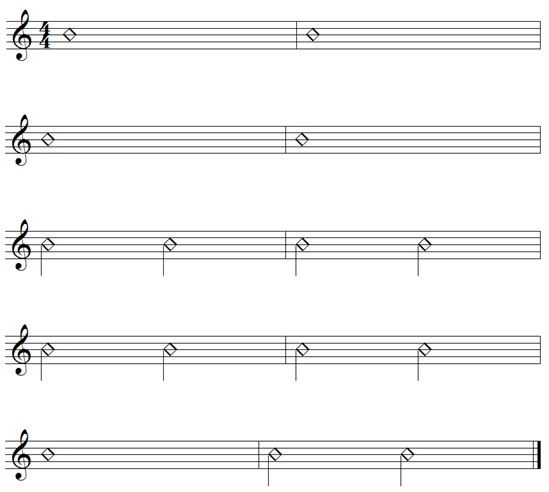

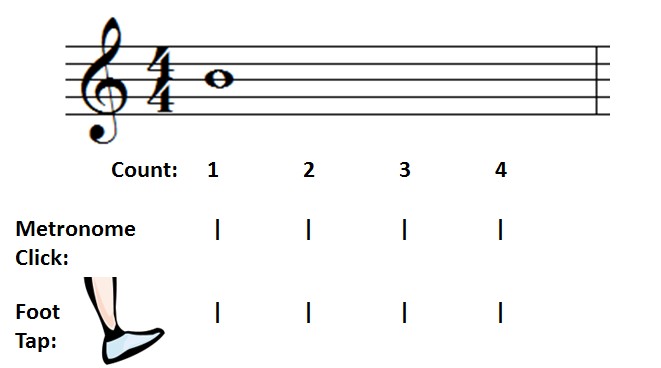
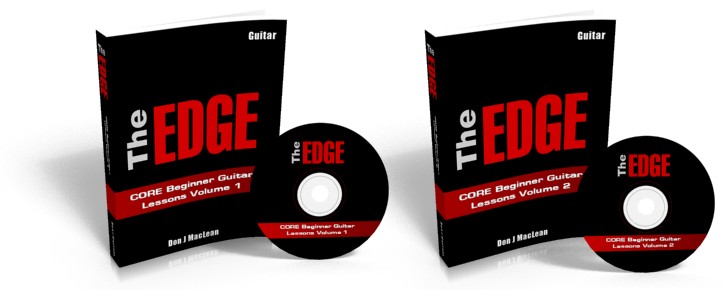




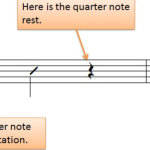
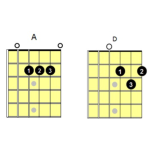
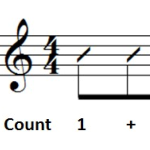

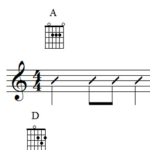
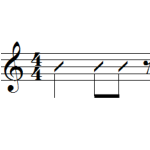
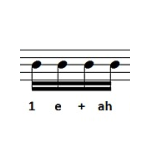
Great point about the foot tapping. I always tell my students that as much as a metronome can be boring, if you get a solid foundation out of the gate you’ll thank yourself years down the road. There’s just no substitute for good timing with musicians!
Pingback: Playing Rhythm Guitar: Basics Part 7 - Understanding Eighth Notes | Guitar Accelerator Blog: Play Guitar - Electric and Acoustic Guitar Lessons